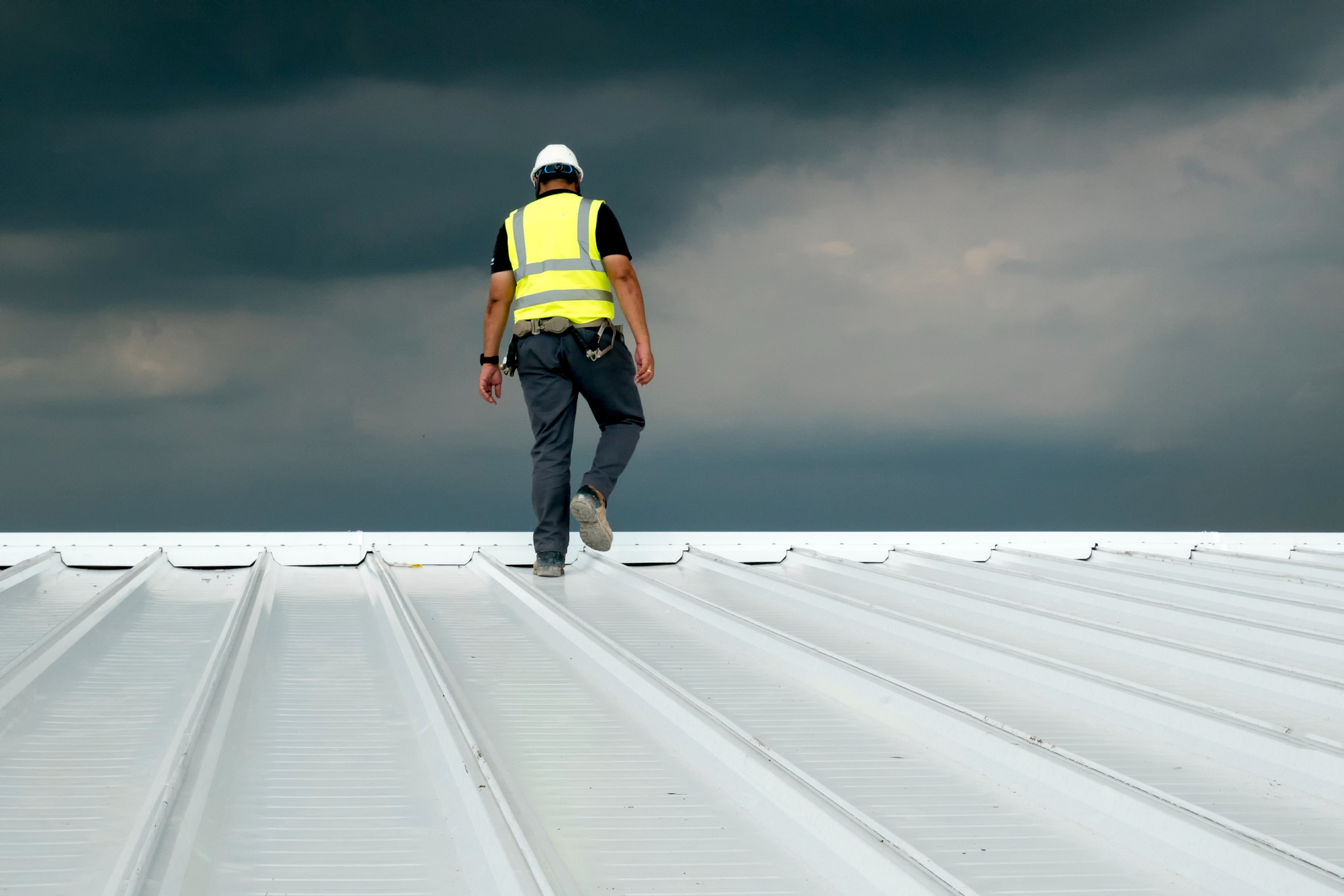What to expect during a professional residential roof inspection

A roof inspection is more than just a quick glance at your shingles. It’s a detailed process that helps identify hidden issues and ensure your roof is performing at its best. Whether you’re buying a home, filing a claim, or doing routine maintenance, knowing what to expect can make the inspection process smoother and more valuable.
Exterior roof evaluation
The inspection usually begins outside, where the roofer checks for visible signs of wear and damage. This includes an overview of roofing materials, structural integrity, and drainage systems.
Key areas inspected:
- Shingles or roofing membrane condition
- Flashing around chimneys and vents
- Gutter and downspout functionality
- Signs of sagging, moss, or water pooling
Tip: Roofers may use drones or climb the roof directly, depending on the roof’s slope and accessibility.
Interior and attic inspection
A proper inspection also includes the attic and interior ceilings. Moisture problems and poor ventilation often show up here before they’re visible on the outside.
What they’ll check inside:
- Attic ventilation and insulation
- Moisture stains or mold on rafters
- Light penetration through the roof deck
- Structural signs of leaks or water damage
Tip: Clear the attic beforehand for easier access and a thorough check.
Damage documentation and risk assessment
The inspector will document all findings with notes and photos. These help identify existing damage and spot potential risks that could develop over time.
Expect detailed reporting on:
- Age and condition of materials
- Areas that need immediate attention
- Lifespan estimate of the roof
- Repair or replacement recommendations
Tip: Ask for a written report you can keep for insurance or maintenance planning.
.png)
Next steps and maintenance advice
After the inspection, your roofer will walk you through the results and suggest next steps. Whether it’s a minor repair or a full replacement, their insights help you plan ahead.
You’ll receive:
- A summary of the inspection findings
- Cost estimates for repairs if needed
- Maintenance tips to prevent future issues
- Guidance on how often to schedule future inspections
Tip: Schedule professional inspections at least once a year or after major storms to stay ahead of costly damage.
.avif)




